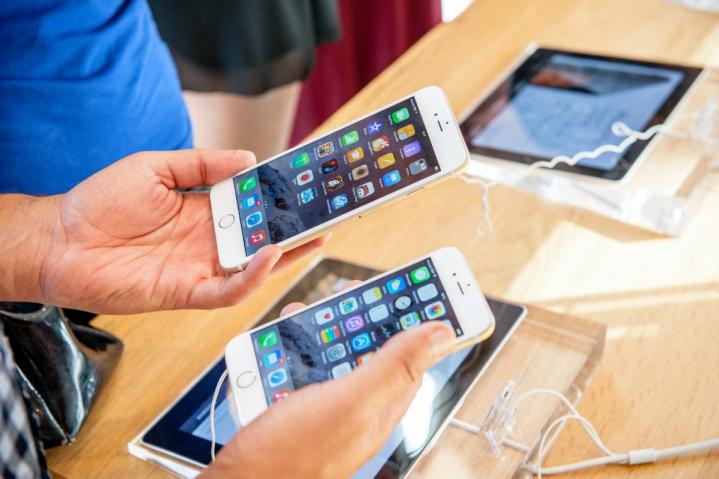
Analysts believe the success of the iPhone 6 and 6 Plus in China is due to several key factors, most of which Apple were under Apple’s control. The first, and perhaps main reason why the new iPhones sold so well in China is down to their larger screen sizes. Asian buyers tend to prefer phablets, so the 5.5-inch iPhone 6 Plus, which was called too big by some in the U.S., is considered just right for many Chinese users. The 4.7-inch iPhone 6 is the perfect alternative for buyers who prefer slightly smaller screens, or have grown tired of the many phablet options.
Related: Apple’s iPhone 6 and 6 Plus trounce Samsung in the U.S. and Korea
The new iPhones also support China’s LTE networks correctly, removing one of the major selling points leading Chinese brands had over Apple in the past. Additionally, the launch was well executed, allowing Apple to neutralize gray market import sales before they overtook legitimate, in-store purchases. All of these factors combined resulted in a huge win for Apple, as the company led device shipments in China for the first time.
Meanwhile, Xiaomi came in second place to Apple, despite its growing influence over the Chinese smartphone market, and Samsung slipped to third place. Huawei also had a good showing, coming in fourth on the list. Apple will announce its earnings later today, when we could learn more about its progress in China.
Editors' Recommendations
- Best refurbished iPhone deals: Get an iPhone 14 for $513
- An Apple insider just revealed how iOS 18’s AI features will work
- 5 phones you should buy instead of the iPhone 15
- iPhone 16: news, rumored price, release date, and more
- Why you should buy the iPhone 15 Pro instead of the iPhone 15 Pro Max


